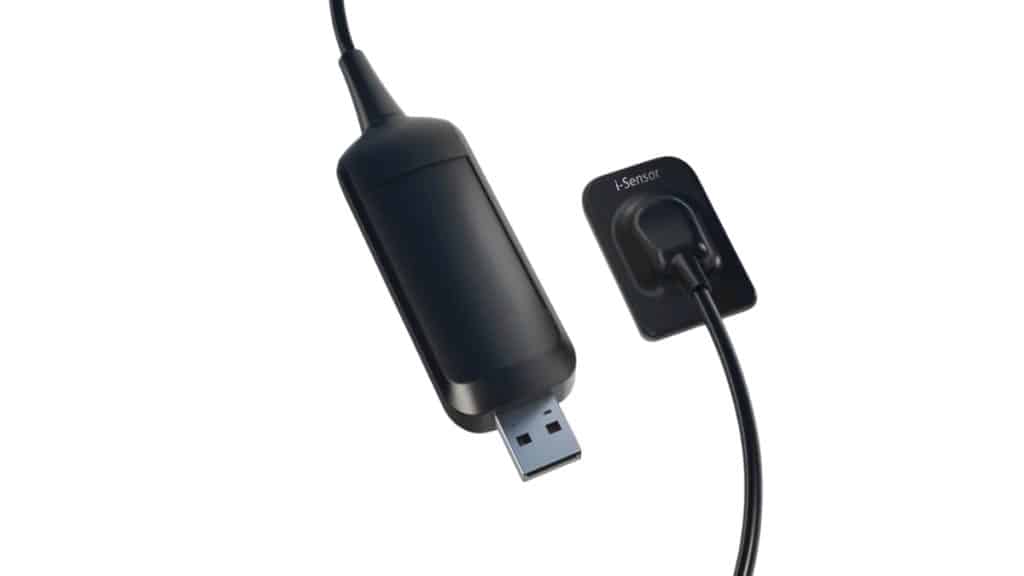A dental sensor is a digital device that captures high-quality images of the teeth and surrounding structures. These sensors replace traditional X-ray films, allowing for faster and more efficient imaging in dental practices.
Dental sensors work by converting X-ray energy into electronic signals. This process generates detailed images that can be viewed on a computer screen within seconds, making diagnosis and treatment planning more efficient. Patients benefit from reduced radiation exposure compared to traditional film-based radiography, enhancing their safety during dental procedures.
Two primary types of dental sensors exist: charge-coupled devices (CCDs) and complementary metal-oxide-semiconductors (CMOS). CCD sensors provide high image quality and sensitivity, while CMOS sensors offer lower costs and faster processing times.
Dental sensors play a vital role in modern dentistry, improving patient care by allowing dentists to detect issues such as cavities, gum disease, and oral tumors at an early stage. With clearer images and quicker access to information, dental sensors improve the overall efficiency of dental practices, enabling prompt decision-making regarding patient treatment.
Types of Dental Sensors
Dental sensors fall into two primary categories with distinct functionalities and applications. Understanding these types aids in recognizing their roles in modern dentistry.
Digital X-Ray Sensors
Digital X-ray sensors are advanced tools that capture high-resolution images using minimal radiation. They convert X-ray energy into electronic signals, allowing for immediate image viewing on monitors. These sensors are notable for their ability to improve image clarity and contrast, facilitating faster diagnoses. Image storage and retrieval are easily managed, promoting efficient data management within dental practices.
Intraoral Sensors
Intraoral sensors, specifically designed for placement inside the mouth, provide detailed images of dental structures. They come in various shapes and sizes, catering to different examination needs. These sensors excel in diagnostics for conditions such as cavities, fractures, and periodontal disease. Their design prioritizes patient comfort while ensuring high-quality imaging, crucial for accurate assessments and treatment planning.
Advantages of Using Dental Sensors
Dental sensors offer significant benefits that improve dental procedures and patient care. These advantages include improved image quality and reduced radiation exposure.
Improved Image Quality
Dental sensors produce high-resolution images that assist in accurate diagnoses. Charge-coupled devices (CCDs) and complementary metal-oxide-semiconductors (CMOS) sensors capture detailed representations of dental structures, leading to better treatment planning. Enhanced image clarity facilitates the identification of issues, such as cavities and bone loss, more effectively than traditional X-ray films. The real-time availability of images supports quicker clinical decisions, ultimately improving patient outcomes.
Reduced Radiation Exposure
Dental sensors minimize radiation exposure compared to conventional X-ray methods. Digital sensors require significantly less radiation to generate clear images, making procedures safer for patients. For example, a digital X-ray often uses 50-90% less radiation than traditional X-ray films. Lower radiation levels are crucial for protecting patient health, particularly for vulnerable groups such as children and pregnant individuals. This commitment to patient safety makes dental sensors an essential innovation in modern dentistry.
How Dental Sensors Work
Dental sensors operate through a sophisticated process that captures and transmits high-quality images of teeth and surrounding structures.
Image Capture Process
The image capture process begins when the dental sensor receives X-ray energy. A dentist positions the sensor inside the patient’s mouth, aligned with the area needing examination. The sensor, either CCD or CMOS, converts the X-ray energy into electronic signals immediately. These signals create an image that showcases detailed structures, including teeth and bone, which are critical for diagnosing dental issues. This process occurs in real-time, allowing for prompt evaluations and treatment decisions.
Data Transmission
Data transmission follows the image capture. The electronic signals generated by the dental sensor undergo conversion into a digital format. The sensor then transfers this data to a computer, typically via a USB connection or wireless technology. The captured images display on a monitor almost instantly, enabling the dentist to view, analyze, and share findings with patients. This immediate access enhances communication and helps in developing effective treatment plans, contributing to overall patient care.
Conclusion
Dental sensors represent a significant advancement in modern dentistry. Their ability to provide high-quality images while minimizing radiation exposure makes them invaluable tools for dental professionals. As technology continues to evolve, the reliance on these digital devices will likely increase, enhancing diagnostic capabilities and improving patient safety.
With options like CCD and CMOS sensors available, dentists can choose the best fit for their practice and patient needs. This shift from traditional methods to digital solutions not only streamlines workflows but also fosters a more comfortable experience for patients. Embracing dental sensors is crucial for any dental practice aiming to provide excellent care in today’s fast-paced environment.
